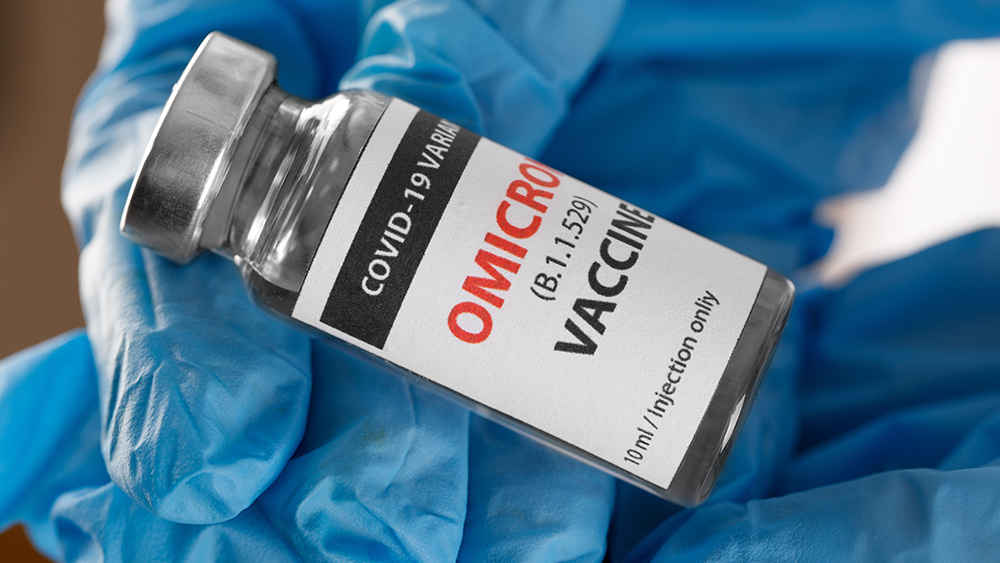
Science Daily recently reported that the research team, led by Professor Nicholas Dale of the University’s School of Life Sciences, has discovered that cells called tanycytes, which are found in the brain and control energy levels, detect specific nutrients in the foods we eat mere seconds after we eat them. The study will be published in the journal Molecular Metabolism.
Tanycytes respond to the amino acids found in foods using the same receptors on the tongue that detect flavor, and when they react with two of these amino acids – arginine and lysine – they send messages of fullness and satiety to the brain.
Arginine and lysine are particularly prevalent in certain foods, including: almonds, cheese, chicken, tuna, sesame seeds, anchovies, apricots, aubergines, crab, dates, figs, lentils, turkey, peanuts, pistachios, plums, pork shoulder, sweet potatoes, tahini and walnuts.
Whole foods that are high in protein, in other words. (Related: Clean eating now considered a “dangerous fad” by nutritionally illiterate doctors.)
The research team conducted their investigation by adding concentrated amounts of these two amino acids directly into brain cells. Since the cells were made fluorescent, even microscopic changes or reactions would be visible to the scientists. Within 30 seconds, the team observed the tanycytes reacting to the lysine and arginine, sending messages to the part of the brain that controls appetite and weight. (Related: Learn about the amazing health benefits of Mother Nature’s medicine cabinet at Nutrients.news.)
"Amino acid levels in blood and brain following a meal are a very important signal that imparts the sensation of feeling full,” Professor Dale explained. “Finding that tanycytes, located at the centre of the brain region that controls body weight, directly sense amino acids has very significant implications for coming up with new ways to help people to control their body weight within healthy bounds."
Obesity remains a global problem, and according to the Centers for Disease Control and Prevention (CDC), in the United States more than a third of all adults are clinically obese. Obesity is directly related to increased risk of type 2 diabetes, high blood pressure, stroke and many forms of cancer – all preventable diseases.
Increasing our intake of the “magic” trigger foods that contain lysine and arginine can be incredibly helpful to the thousands of people who are trying to lose weight and get healthy at any given time.
“Tricking” your mind into feeling full, while at the same time increasing your intake of these nutrient-packed foods is a healthy and sustainable way to lose weight and improve your health in the long-term.
While many people will likely be tempted to try to increase their intake of lysine and arginine in pill form, the truth is the body needs the perfect balance of nutrients and amino acids found in “real” food.
If you’re really serious about setting yourself up for long-term good health, increase your intake of lysine- and arginine-rich clean, organic, foods; maintain a healthy weight; drink lots of pure, filtered water; and incorporate an enjoyable form of exercise into your daily routine.
Your body will reward you with good health and and a long life.
Sources for this article include:
Please contact us for more information.























